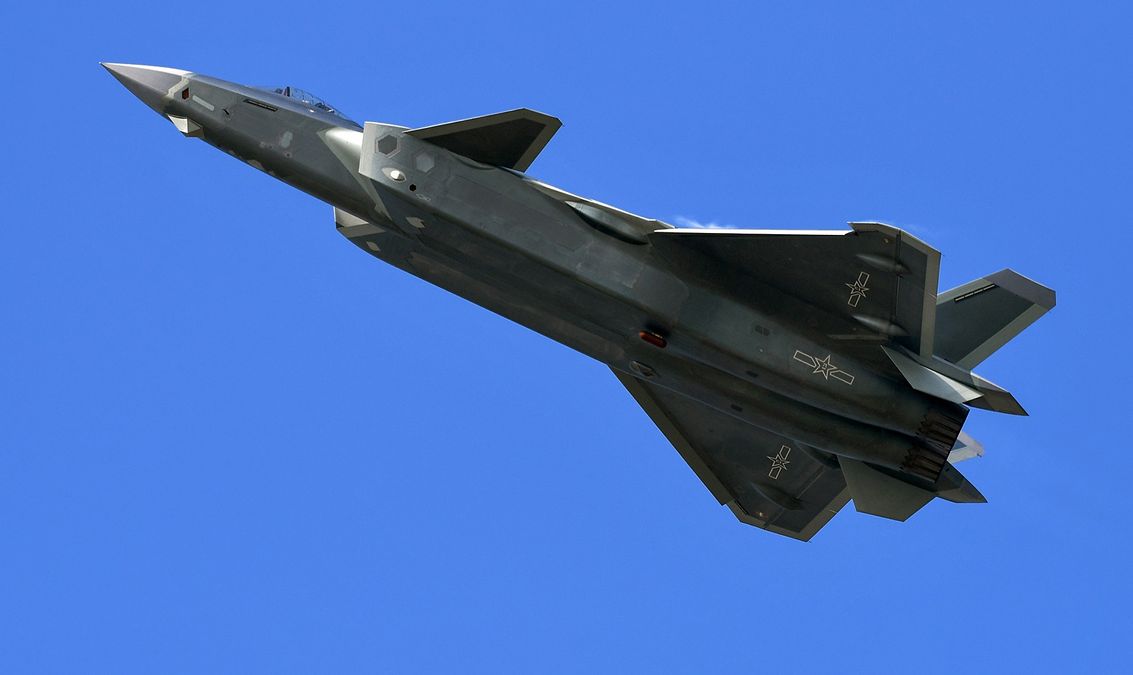Pakistan J 35 Stealth Jets Shift Regional Balance
The S-500's advanced capabilities make it a powerful shield against stealth and hypersonic threats, and its acquisition could be a crucial step for India to counter the emerging threats from fifth-generation stealth fighter jets, including the F-35 and J-35A.

China's gift of J-35 stealth fighter jets to Pakistan's air force has significantly altered the regional balance, posing a threat to India's air defense due to the jets' advanced stealth capabilities and ability to evade radar detection.
The J-35's small radar cross-section allows it to remain undetected until it's too late, making it a significant threat to India's air defense. This development has left India strategically vulnerable, as its own stealth fighter, the AMCA, is not expected to be combat-ready until 2035. The J-35's advanced technology, including stealth and networked warfare capabilities, may outclass India's existing air superiority, making its top-tier jets feel exposed.
In response to Pakistan's strengthening military and air capabilities, India is seeking to acquire the Russian-made S-500 air defense system, which has advanced capabilities to detect and neutralize stealth fighter jets. The S-500 surpasses the S-400 in range and altitude capabilities, and its state-of-the-art radar can track and destroy fifth-generation stealth aircraft mid-air. It can detect and intercept up to 10 hypersonic missiles at once and track missiles flying at speeds of up to Mach 19.
The acquisition of the S-500 system would enhance India's ability to intercept advanced threats and restore a strategic deterrent in a shifting security landscape. If India acquires the S-500, it could pose a significant strategic challenge to China and Pakistan, both of which rely on Russian air defence systems.